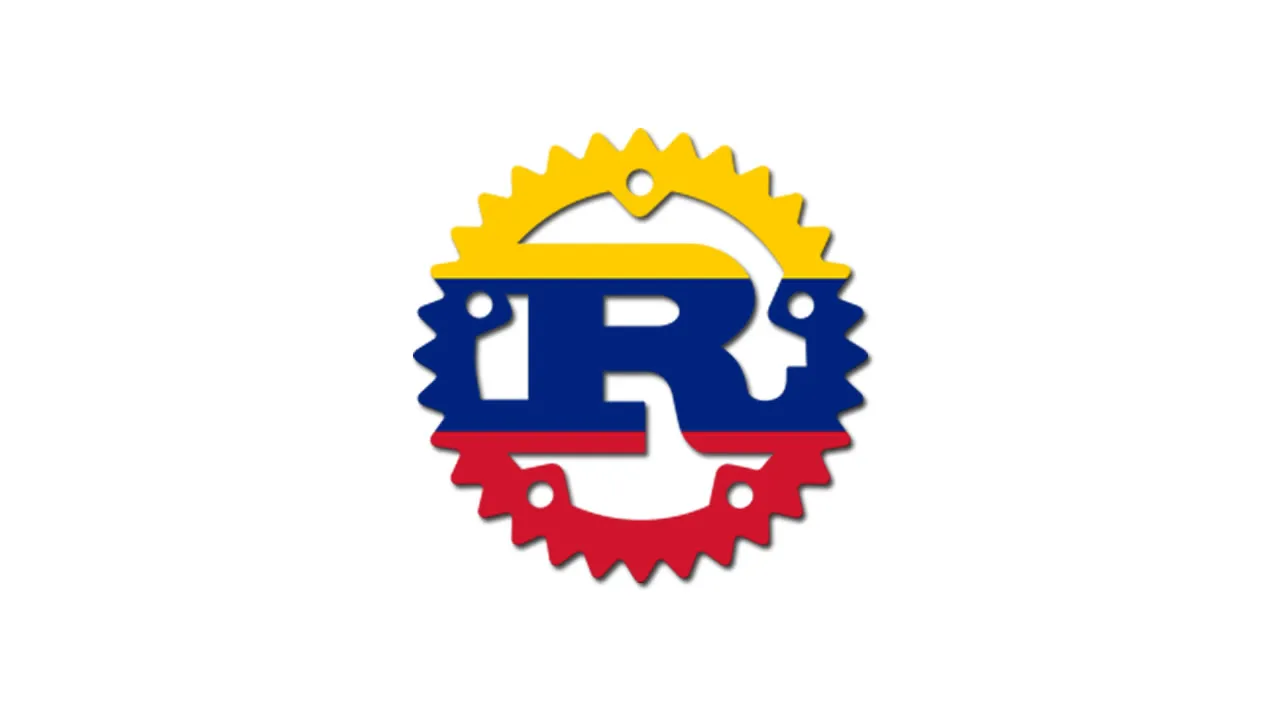Learn how to build a command-line interface in Rust with TUI, a framework for building terminal user interfaces.
Rust is a low-level systems programming language with good cross-compilation support, which makes it a prime candidate for writing command-line applications. Prominent examples range from reimplementations of widely used tools such as ripgrep, exa, and bat to full-blown terminal UI tools such as GitUI, Spotify TUI, Bandwhich, KMon, and Diskonaut.
With Alacritty and Nushell, there are even popular shell implementations available. Some reasons for this plethora of tools, which keeps growing steadily, include the Rewrite it in Rust (RIIR) meme and the fantastic ecosystem for writing command-line applications Rust.
When talking about Rust’s library ecosystem for CLIs, I would like to mention Clap and TUI in particular, which are both staples and are used in many of the aforementioned tools. Clap is a command-line parser with a fantastic API and a huge set of available features, many of which can be disabled for faster compilation times if they’re not needed.
What is TUI?
TUI is basically a framework for building terminal user interfaces. It supports several “backends” for drawing to the terminal. These backends take over the actual logic for interacting with the terminal, such as setting the correct characters, clearing the screen etc., whereas TUI is a higher-level interface that provides widgets and other helpers for composing a user interface.
In this tutorial, we’ll take a look at how to implement a simple terminal application using TUI with Crossterm as the backend. We won’t directly interact with Crossterm beyond the initial setup of the rendering and event handling pipeline, so the example should work with minimal changes for the other TUI backends as well.
To demonstrate how TUI works, we’ll build a simple app for managing your pets using a local JSON file for data storage. The finished product will look like this:


The first image shows the welcome screen with the menu. The highlighted characters in the menu show the hotkeys the user needs to hit to execute the actions. Upon selecting p, the user is sent to the second screen (Pets), where they can manage their pets. The user can navigate through the list, add random new pets using a, and delete the currently selected pet using d. Pressing q closes the app.
The app is rather simple, but it’s enough to show how TUI works and how to build the basic blocks of such an application. Using the Rust command-line example code I wrote for this tutorial, you could extend this with editing, add a form for adding new pets, etc.
When using TUI, the application can be resized and it will change responsively, keeping the configured ratios of the different UI elements in place. This is one of the many things TUI does when you use the existing widgets.
Without further ado, let’s dive in!
#rust #programming #developer
